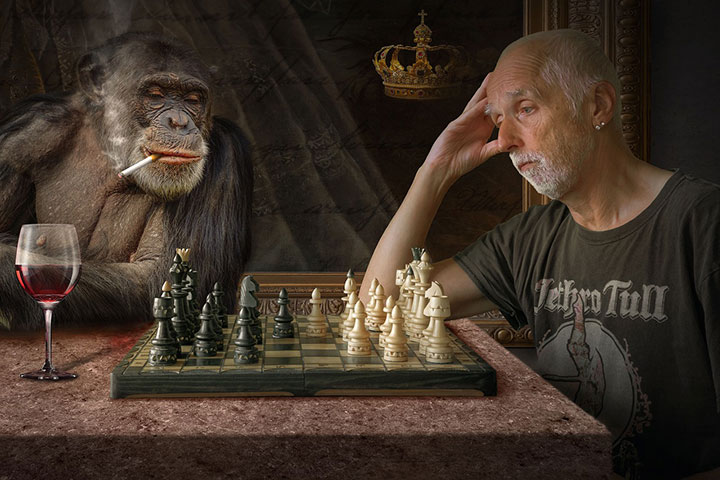Hypermodernism
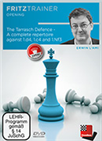 Are you looking for an active defence against 1.d4? Look no further! The Tarrasch Defence (1.d4 d5 2.c4 e6 3.Nc3 c5) is one of Black's most ambitious ways to meet 1.d4.
Are you looking for an active defence against 1.d4? Look no further! The Tarrasch Defence (1.d4 d5 2.c4 e6 3.Nc3 c5) is one of Black's most ambitious ways to meet 1.d4.A major school of chess sprang up after World War I with an assault by central European masters on Steinitz’s approach to the centre and the dogmatic rules set down by Tarrasch. The Hypermoderns, as they were known, delighted in showing how the guidelines of the previous generation could be violated profitably. In one of his favourite openings, Aron Nimzowitsch began with three pawn advances followed by a move by his queen. His colleague Richard Réti wrote that the new generation was interested not in rules but in exceptions.
The most important exceptions concerned the centre squares, chiefly e4, e5, d4, and d5. The Hypermoderns believed that the central pawn structure that had been a goal since Philidor could be a liability because it provides the opponent with a target. It was not the occupation of the centre that was desirable but rather its control, they argued. Gyula Breyer, one of the Hypermoderns, summed up their approach when he joked, “After the first move 1.e4 White’s game is in the last throes.”
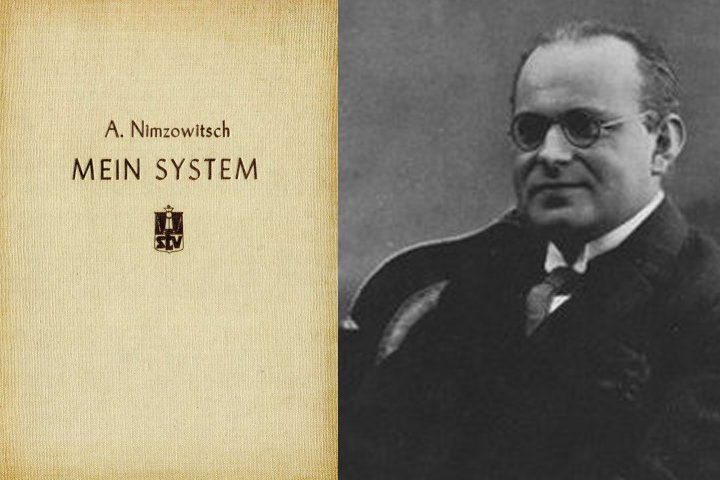
Nimzowitsch's "My System" is a hypermodern opus
At the heart of Hypermodernism was a new approach to the opening. The two leading members of the new school, Réti and Nimzowitsch, attacked Tarrasch’s emphasis on building a solid centre in the first dozen moves, starting with 1.e4 or 1.d4. Réti often began a game with 1.♘f3 and did not advance more than one pawn past the third before the middlegame had begun. Instead, he and the other Hypermoderns rediscovered the fianchetto, or development of a bishop on its longest diagonal—i.e., b2 and g2 for White, b7 and g7 for Black. Fianchettoed bishops had been a favourite of Howard Staunton in the 1830s but fell out of favour after Morphy popularized open centres. Réti’s idea was to attack the centre with pieces posted on the wings. In one of his most controversial maneuvers, he shifted his queen to a1 to emphasize the power of his bishop at b2.
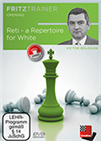 Starting with 1.Nf3 the Reti is designed for those players who like strategy, manoeuvres and plans. Bologan presents a repertoire based on 1.Nf3 giving you options for all major replies.
Starting with 1.Nf3 the Reti is designed for those players who like strategy, manoeuvres and plans. Bologan presents a repertoire based on 1.Nf3 giving you options for all major replies.The Hypermoderns invited their opponents to advance pawns in the centre and in some cases tried to provoke them. For example, Alexander Alekhine, a future world champion who explored Hypermodern ideas in the 1920s, developed an opening that consisted of meeting 1 e4 with 1…♞f6 in order to tempt White to advance to e5, where the pawn might later come under fire.
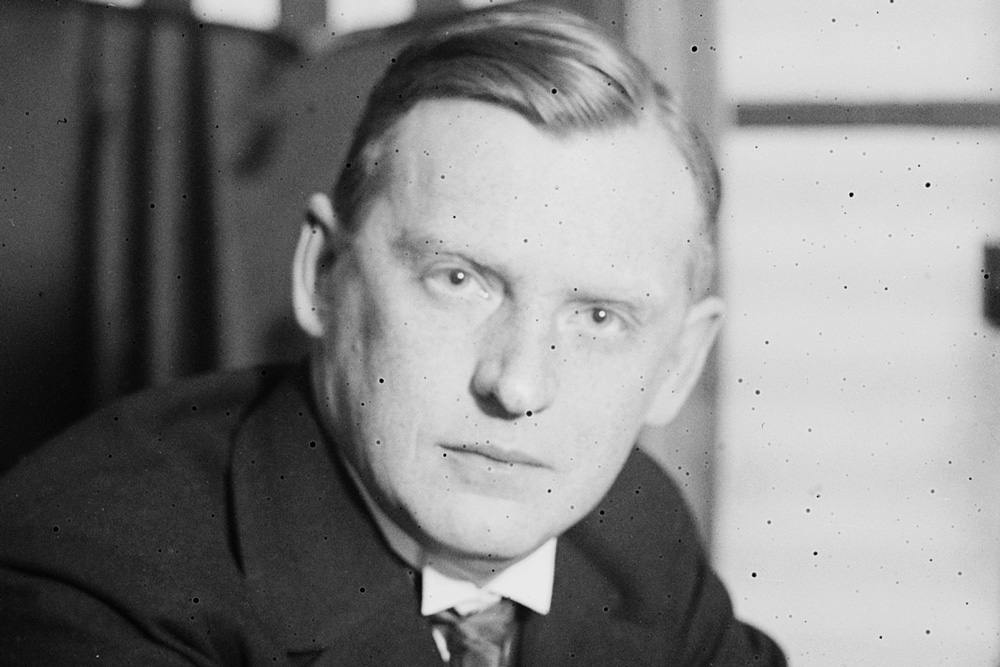
Alexander Alekhine | Photo: Public Domain via Wikimedia Commons
Nimzowitsch also played originally in the opening. Previously, masters almost automatically answered 1.d4 with 1…d5 so as not to allow White to dominate the centre with 2.e4. Nimzowitsch, however, played 1…♞f6 with the idea of controlling the crucial e4 square with minor pieces, a bishop pin of a White knight at c3 and/or a fianchettoed bishop at b7. His systems, known as the Queen’s Indian Defence and Nimzo-Indian Defence, remain among the most popular in competitive play.
Nimzowitsch’s exploration of openings that had been previously explored and found wanting led him to another Hypermodern tenet: the voluntary surrender of the centre. Steinitz had claimed to have originated this idea, but Nimzowitsch elaborated on it in several games and in his writings. For example, a common pawn chain occurs in the centre, when White pawns occupy d4 and e5 and Black pawns occupy d5 and e6. Tarrasch had shown how Black obtains counterchances by attacking the enemy centre by advancing the c-pawn to c5 and f-pawn to f6. Tarrasch’s opponents tried to maintain the chain of White pawns on their squares. But Nimzowitsch tried to find the right time to exchange White’s pawns (dxc5 and, after…f6, then exf6). His goal was to occupy the deserted squares at d4 and e5 with his minor pieces — i.e., bishops and knights.
Nimzowitsch was also influential in the development of defensive ideas of prophylaxis—the anticipation, prevention, and restraint of the opponent’s play.
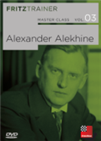 On this DVD GMs Rogozenco, Marin, Müller, and IM Reeh present outstanding games, stunning combinations and exemplary endgames by Alekhine. And they invite you to improve your knowledge with the help of video lectures, annotated games and interactive tests
On this DVD GMs Rogozenco, Marin, Müller, and IM Reeh present outstanding games, stunning combinations and exemplary endgames by Alekhine. And they invite you to improve your knowledge with the help of video lectures, annotated games and interactive testsBy the late 1920s the new approach to the centre had been quickly assimilated. Most of the world’s leading masters, even Capablanca and Tarrasch, had tried Hypermodern openings. The next generation, which emerged in the 1930s and, after the interval of World War II, the late 1940s, sought to find exceptions to other rules. The leaders of the next generation came from the Soviet Union, whose players dominated the world championship from 1948 to 1972.
The Soviets were distinguished by the high priority they placed on gaining the initiative, a willingness to accept pawn structures even Lasker had considered bad, a new appreciation of differences in material, and a concentrated approach to pregame preparation.
The Soviets valued the initiative — the ability to force matters — more than most positional considerations. While the Hypermoderns and Lasker often challenged their opponents to make the first aggressive moves, the Soviets regarded the initiative as vitally important. When defending, they rejected the solid if passive approach of Steinitz and Tarrasch and tried to generate a counterattack.
The striving for the initiative led the Soviets to modify Hypermodern ideas about the centre by analyzing openings to find dynamic, tactical play regardless of pawn coordination or centre control. For example, David Bronstein and Isaac Boleslavsky showed in the King’s Indian Defense how White could be allowed a free rein to occupy the centre by advancing the c-, d-, e-, and even f-pawns. But Black could obtain counterplay by advancing the e-pawn to e5 and exchanging it on d4 — a surrender of the centre that had been anathema to Tarrasch.
Since the Hypermoderns had demonstrated that Black did not have to meet 1 e4 with 1…e5, the Soviets devoted enormous attention to the most aggressive alternative, the Sicilian Defense (1…c5), which also involves a surrender of the centre. Although White gains more space and mobility, Boleslavsky showed how Black could find equalizing counterchances by advancing the d-pawn one square and the e-pawn two squares. This creates a hole at d5 and makes the d-pawn backward but enables Black to maximize use of the c-file and attack the White e-pawn.
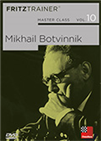 Our experts show, using the games of Botvinnik, how to employ specific openings successfully, which model strategies are present in specific structures, how to find tactical solutions and rules for how to bring endings to a successful conclusion
Our experts show, using the games of Botvinnik, how to employ specific openings successfully, which model strategies are present in specific structures, how to find tactical solutions and rules for how to bring endings to a successful conclusionThe Soviets sought unstable positions, in which each player had several pluses and minuses. Mikhail Botvinnik, the first Soviet master to win the world championship, popularized a variation of the French Defense in which Black exchanges a good bishop in order to ruin White’s pawn structure. Botvinnik accepted several weak squares because of the absence of the bishop and was often forced to castle queenside, rather than kingside. But his games revealed rich resources for counterplay on kingside or queenside.

Max Euwe, Vasily Smyslov, Paul Keres, Mikhail Botvinnik and Samuel Reshevsky | Photo: J.D. Noske, Nationaal Archief
Another means of obtaining the instability cherished by the Soviets was by material sacrifices. Russian masters from the 1930s to the ’50s were especially fond of trading a rook for a bishop or knight. Such sacrifices had been used since the Romantic era as part of a kingside attack. But the Soviets used it instead to obtain positional compensation, such as to ruin an opponent’s pawn structure or improve their own or to eliminate a powerful enemy bishop or knight.
Botvinnik’s major contributions included finding an optimal way of preparing for a game. He studied the strengths and weaknesses of opponents he was likely to meet in the near future. He analyzed the amount of time he had spent on particular moves in order to think more efficiently. He played training games to test his nerves and concentration skills under conditions simulating tournament play—even encouraging an opponent to smoke cigarettes.
But most of all Botvinnik developed highly complex opening systems, in openings such as the Queen’s Gambit Declined, English Opening, French Defense, and Nimzo-Indian Defense. Instead of discovering a new opening move that might win a single game and then become useless, Botvinnik tried to work out complicated systems that would last for years. For example, his analysis of the Queen’s Gambit Declined in the late 1930s won games for him nearly 10 years later. Typically, the Botvinnik Variation of the Queen’s Gambit Declined leads to a highly unbalanced middlegame in which Black sacrifices a pawn and ruins his kingside pawn structure but obtains excellent chances on the queenside, where Black has four pawns to White’s two. His approach to the opening had a great influence during the 1950s and ’60s as leading masters tried to analyze openings as far as the 20th or 25th move.
The pragmatists
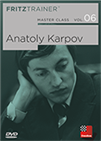 On this DVD a team of experts looks closely at the secrets of Karpov's games. In more than 7 hours of video, the authors examine four essential aspects of Karpov's superb play.
On this DVD a team of experts looks closely at the secrets of Karpov's games. In more than 7 hours of video, the authors examine four essential aspects of Karpov's superb play.The most important changes in chess thinking after 1970 concerned a more practical approach to competition. The Soviets maintained that by unbalancing a position they placed an onus on each player to find the best moves. In quieter positions, second-best moves could be permitted. But in sharp positions, the Soviets said, failing to find the correct move would often mean losing the initiative or turning an advantage into a disadvantage.
A new attitude became evident in the games of Fischer and his successor as world champion, Karpov, in the 1970s. The pragmatist approach holds that games are decided not by brilliant moves but by bad ones made under the influence of a shortage of time. There are only a few times during a game when a player must find the best move, the pragmatists believed. The Soviets’ perfectionism led to an increase in games ending in middlegame victories. The pragmatists shifted the emphasis slightly toward the endgame.
There were also some subtle changes in thinking from the 1970s through the ’90s about conducting the late opening and early middlegame stages of a game. Among them was a depreciation of the bishop: The Hypermoderns had attacked Tarrasch’s high opinion of an unobstructed bishop and said a bishop could profitably be traded for a knight. The post-Soviet players often traded bishop for knight for minimal compensation. They also often exchanged their good bishop, the one less encumbered by pawns, and retained their bad one for slight positional compensation.
Read the full chess article at Britannica.com
